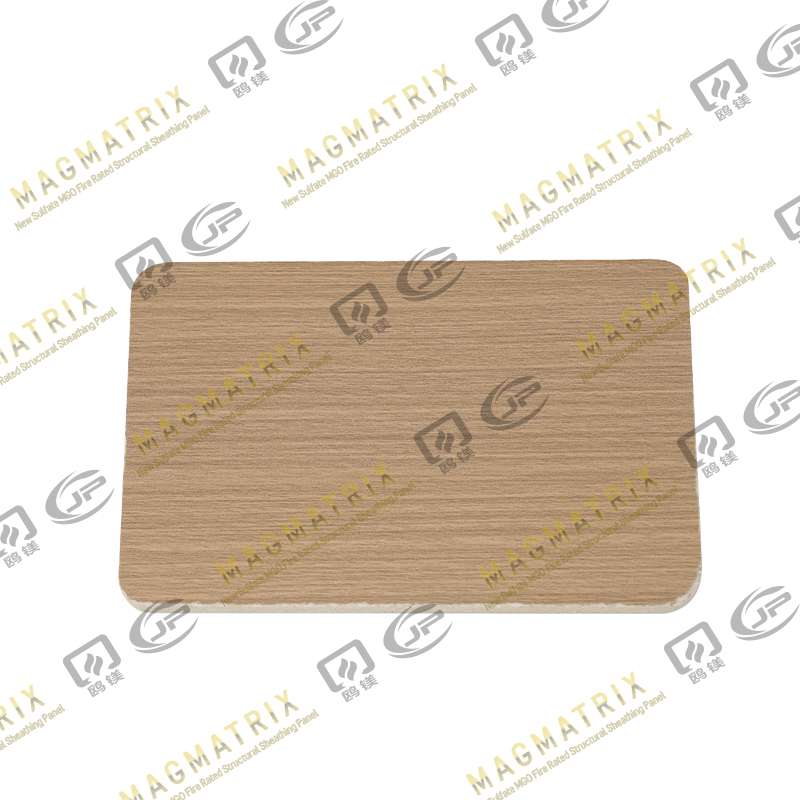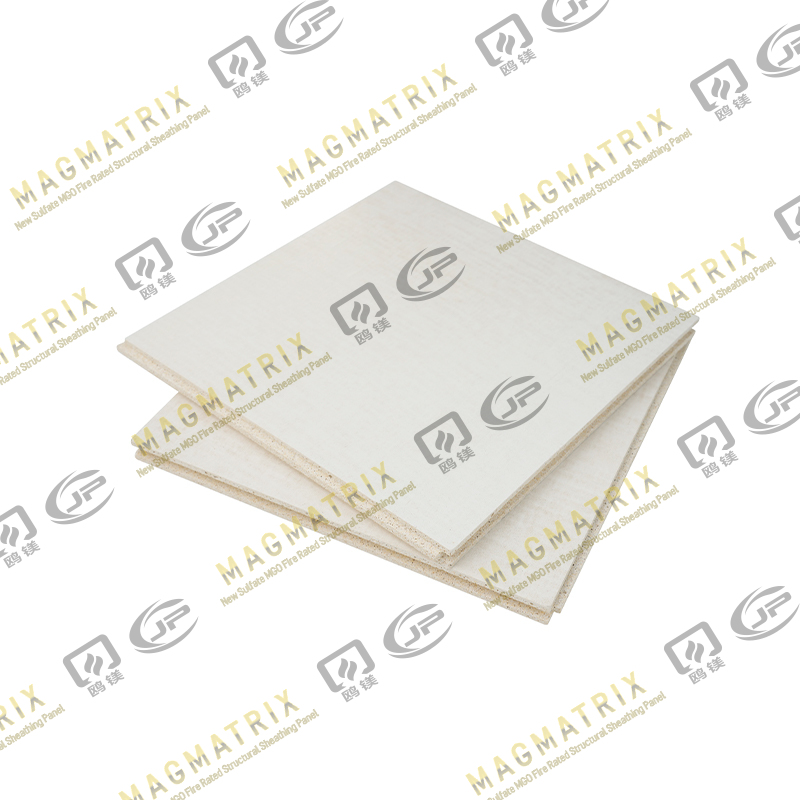In contemporary construction, selecting the right materials is critical for creating structures that are not only durable but also environmentally responsible and visually appealing. Magnesium oxide panels have emerged as a versatile and sustainable solution in modern architecture. Known for their unique combination of strength, safety, and adaptability, these panels are increasingly being used in both residential and commercial projects. This article explores the top ten benefits of magnesium oxide panels, providing architects, builders, and designers with a clear understanding of why this material is gaining prominence in the industry.
1. Fire Resistance
One of the most significant advantages of magnesium oxide panels is their exceptional fire resistance. Unlike traditional wood-based materials, these panels are non-combustible and can withstand high temperatures without warping or emitting toxic fumes. This property makes them ideal for applications in high-risk areas such as commercial buildings, schools, hospitals, and public spaces. The inherent fire-resistant nature of magnesium oxide panels can help architects design buildings that meet stringent safety regulations while minimizing fire-related hazards.
Additionally, magnesium oxide panels maintain structural integrity during fire exposure, providing extra time for evacuation and potentially reducing property damage. This quality makes them a reliable choice for both interior and exterior applications where fire safety is a priority.
2. Moisture and Water Resistance
Moisture can significantly compromise the longevity of building materials, leading to mold growth, warping, and structural damage. Magnesium oxide panels are highly resistant to water absorption, making them ideal for humid climates or areas exposed to moisture, such as bathrooms, kitchens, and basements. Unlike gypsum boards or traditional plywood, these panels do not swell or deteriorate when in contact with water, ensuring long-term durability.
By using magnesium oxide panels in moisture-prone areas, builders can minimize maintenance costs and prevent health hazards associated with mold and mildew. This water-resistant property also allows the panels to be suitable for exterior cladding, providing an additional layer of protection against the elements.
3. Durability and Longevity
Magnesium oxide panels are renowned for their durability. They offer a robust surface that resists dents, scratches, and impact damage better than conventional wallboards. Their composition ensures that they can withstand daily wear and tear, making them suitable for high-traffic areas such as commercial offices, schools, and public buildings.
The long lifespan of magnesium oxide panels reduces the need for frequent replacements or repairs, translating to cost savings over time. This durability also supports sustainable construction practices by reducing material waste and minimizing the environmental footprint associated with maintenance and replacement.
4. Lightweight and Easy to Install
Despite their strength, magnesium oxide panels are relatively lightweight compared to traditional cement boards. This characteristic simplifies transportation and handling on construction sites, reducing labor costs and installation time. Their ease of installation makes them a practical choice for both new constructions and renovation projects.
The panels can be easily cut, drilled, or shaped to fit specific architectural designs, offering flexibility for creative applications. For architects and interior designers, this means more freedom to implement innovative design concepts without compromising structural integrity.
5. Environmental Sustainability
Sustainability is a growing concern in modern architecture, and magnesium oxide panels offer several environmental advantages. They are produced using abundant natural minerals and require less energy to manufacture compared to cement-based products. Additionally, these panels are fully recyclable, contributing to circular construction practices.
Their use in buildings can also support environmentally friendly certifications such as LEED, promoting sustainable construction and enhancing a project’s overall green credentials. By selecting magnesium oxide panels, architects can align their designs with eco-conscious practices while delivering high-performance structures.
6. Sound Insulation
Magnesium oxide panels provide excellent sound insulation properties, making them suitable for environments where noise reduction is important. The panels can reduce sound transmission between rooms, helping to create quieter and more comfortable spaces. This is particularly beneficial in multi-story residential buildings, office complexes, hotels, and schools.
In addition to providing acoustic comfort, the panels’ density and composition allow architects to design spaces that comply with noise control regulations without the need for additional soundproofing materials. This dual functionality supports both structural performance and user comfort.
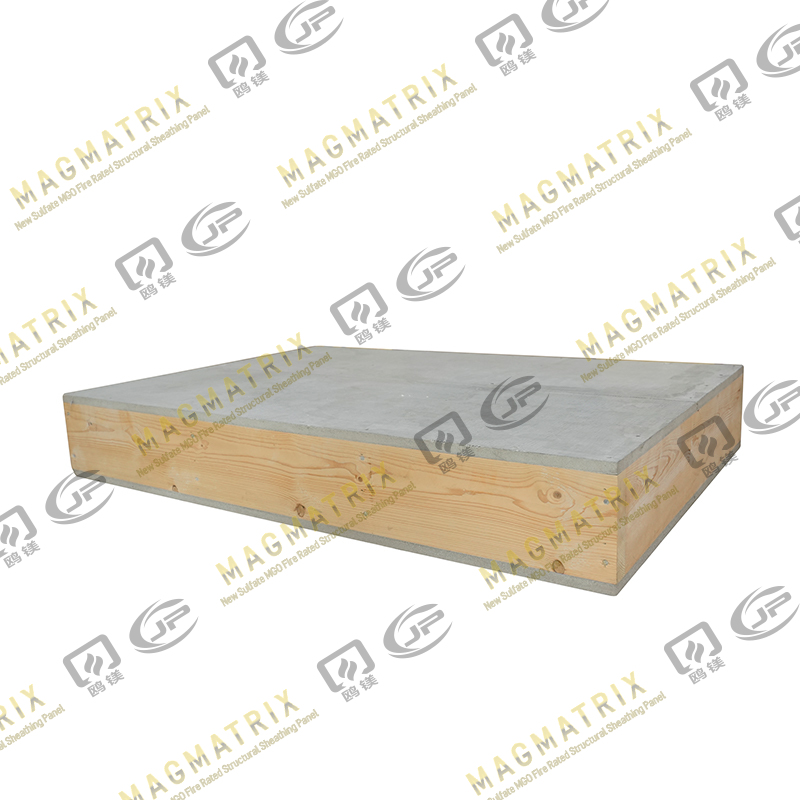
7. Versatility in Design
The adaptability of magnesium oxide panels allows architects to implement diverse design solutions. These panels can be finished with paint, wallpaper, or tiles, and they can also serve as a base for decorative wall treatments. Their smooth surface provides an excellent canvas for creative architectural expressions, from minimalist interiors to bold feature walls.
Furthermore, magnesium oxide panels are available in various thicknesses and sizes, allowing designers to optimize layouts and achieve seamless finishes. This versatility simplifies the integration of panels into both structural and aesthetic components of modern architecture.
8. Pest and Insect Resistance
Termites, ants, and other pests pose significant threats to wooden building materials. Magnesium oxide panels are naturally resistant to pest infestations, making them an ideal alternative to traditional wood products. This characteristic not only protects the structural integrity of buildings but also reduces the need for chemical treatments that can harm the environment.
Buildings constructed with pest-resistant materials require less maintenance and provide occupants with safer living and working environments. For architects, this means the ability to design spaces that maintain their quality over time without compromising health or safety.
9. Thermal Performance
Magnesium oxide panels offer moderate thermal insulation, helping to regulate indoor temperatures. While they are not a replacement for specialized insulation materials, they contribute to energy efficiency when used in walls and ceilings. By reducing heat transfer, these panels can support lower heating and cooling costs, enhancing the overall sustainability of a building.
Additionally, magnesium oxide panels are stable under temperature fluctuations, maintaining their structural properties without expanding or contracting excessively. This stability is essential for maintaining the aesthetic and functional quality of architectural elements over time.
10. Resistance to Chemical and Environmental Damage
Finally, magnesium oxide panels demonstrate high resistance to chemical corrosion and environmental degradation. They are less susceptible to damage from acidic substances, cleaning agents, and pollutants, making them suitable for industrial settings, laboratories, and urban environments with high pollution levels.
This resistance ensures that buildings maintain their structural integrity and appearance even under challenging conditions. For architects and builders, the panels offer a reliable material choice that supports long-term performance and reduces the need for frequent maintenance.
Conclusion
Magnesium oxide panels combine fire resistance, moisture protection, durability, and environmental sustainability, making them a compelling choice for modern architecture. Their lightweight nature, ease of installation, and design versatility allow architects to create safe, functional, and aesthetically pleasing spaces. Additionally, properties such as sound insulation, pest resistance, thermal stability, and chemical resistance make these panels suitable for a wide range of applications, from residential homes to commercial and industrial buildings.
As the construction industry increasingly prioritizes sustainability, efficiency, and safety, magnesium oxide panels are emerging as a forward-looking solution that meets the demands of contemporary design. Incorporating these panels into modern architectural projects not only enhances building performance but also contributes to healthier, safer, and more sustainable environments for occupants.
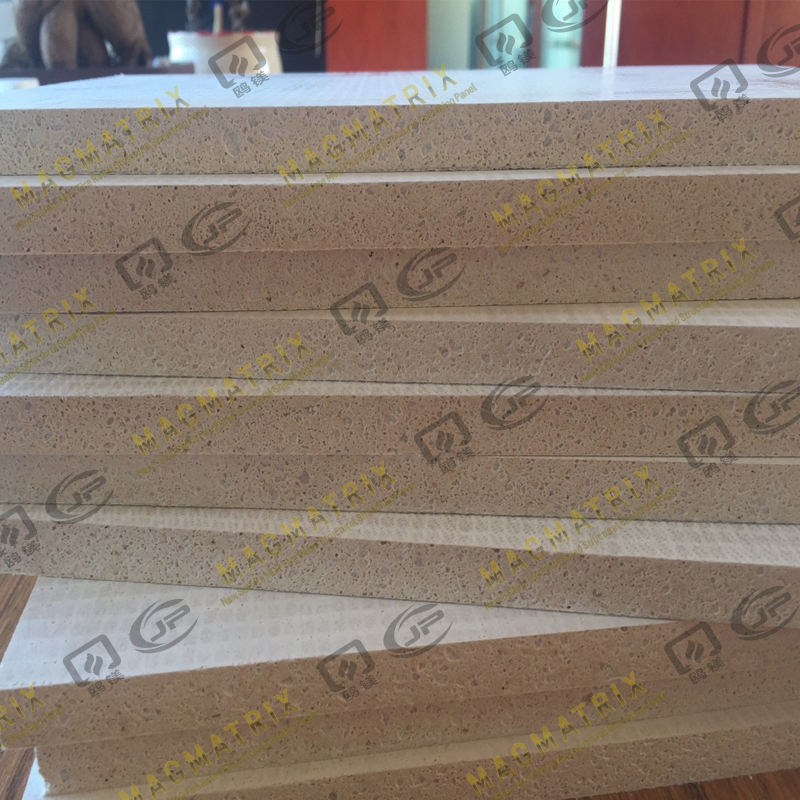 BMSC 517 New Sulfate MgO Board
BMSC 517 New Sulfate MgO Board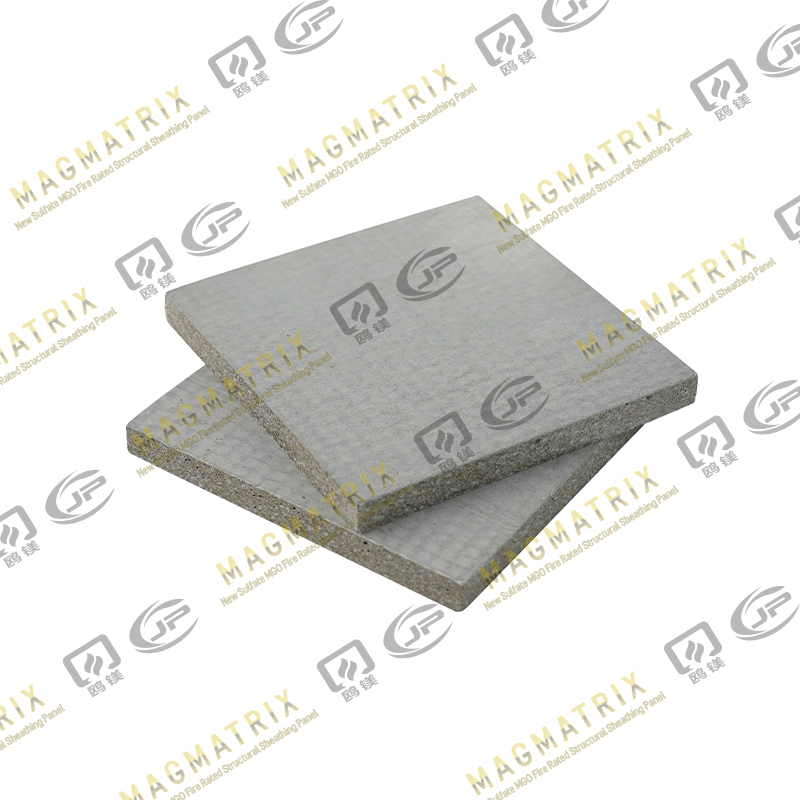 Multi-Support MgO Wall Sheathing Board
Multi-Support MgO Wall Sheathing Board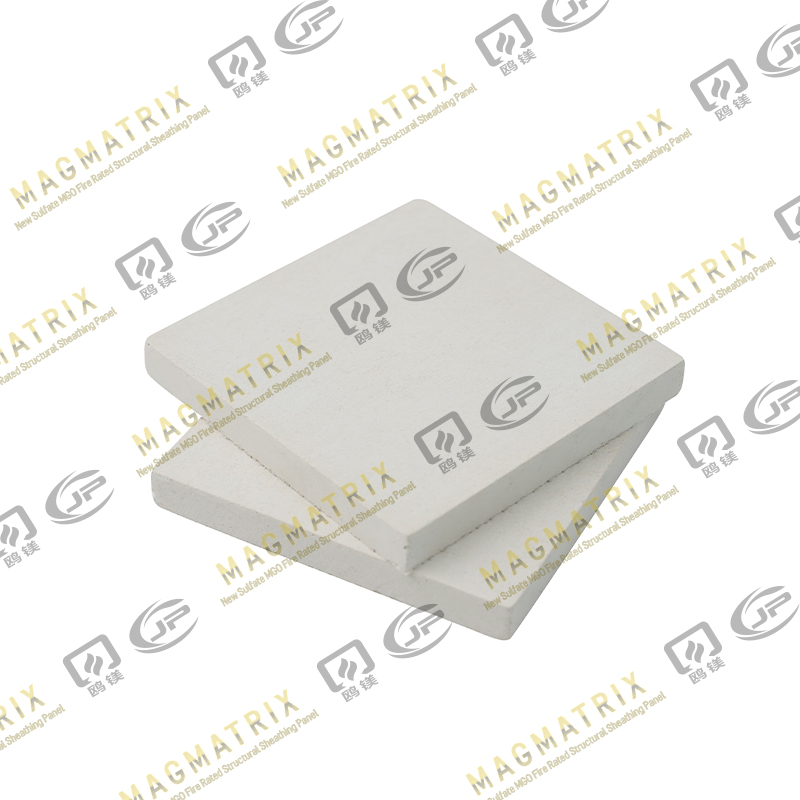 Perseverance MgO Wall Sheathing Board
Perseverance MgO Wall Sheathing Board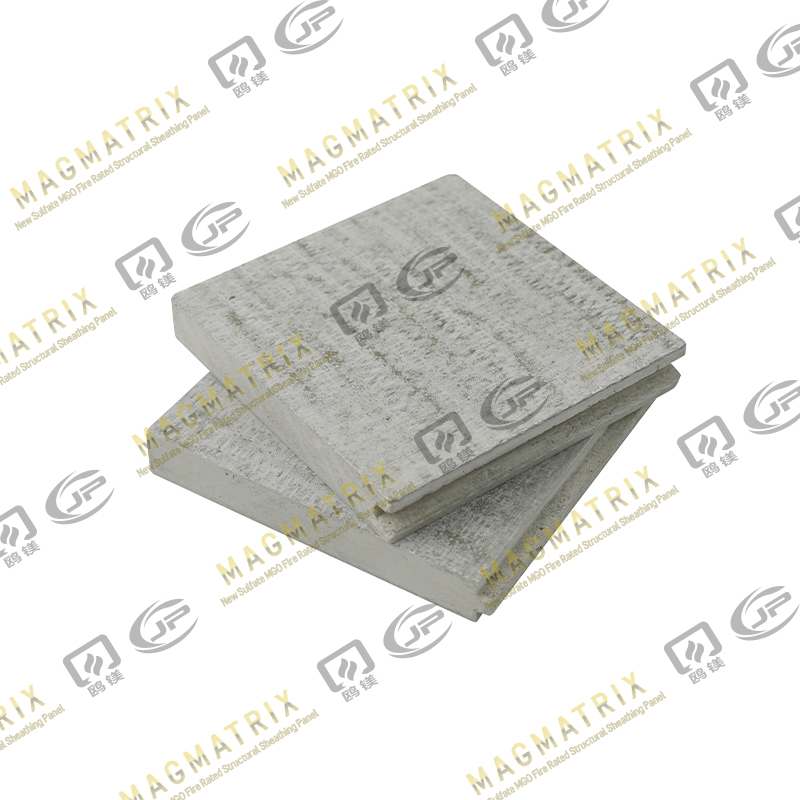 Multi-Support MgO Subfloor Sheathing Board
Multi-Support MgO Subfloor Sheathing Board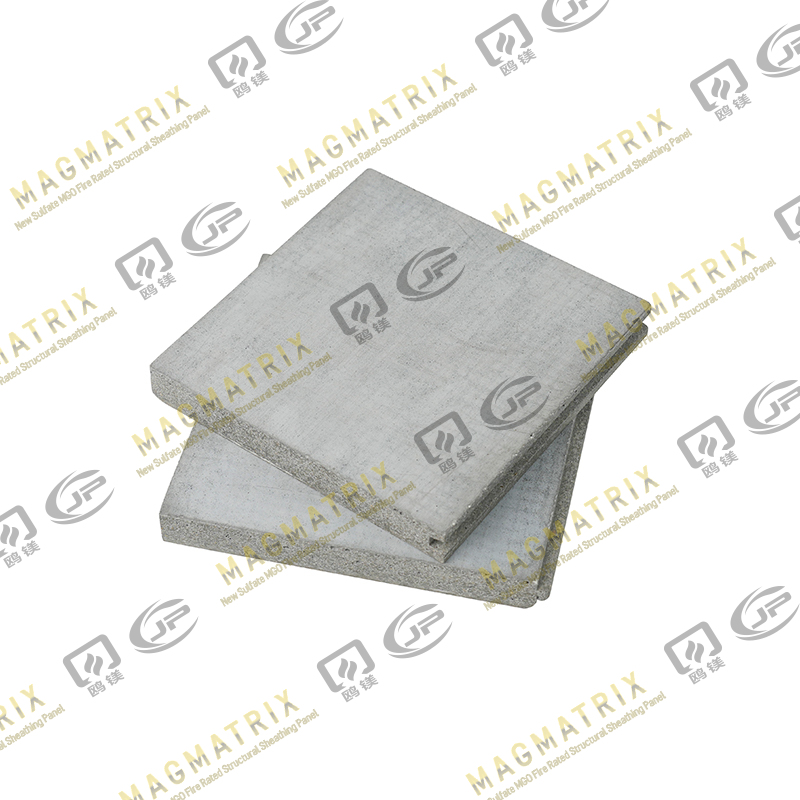 Perseverance MgO Subfloor Sheathing Board
Perseverance MgO Subfloor Sheathing Board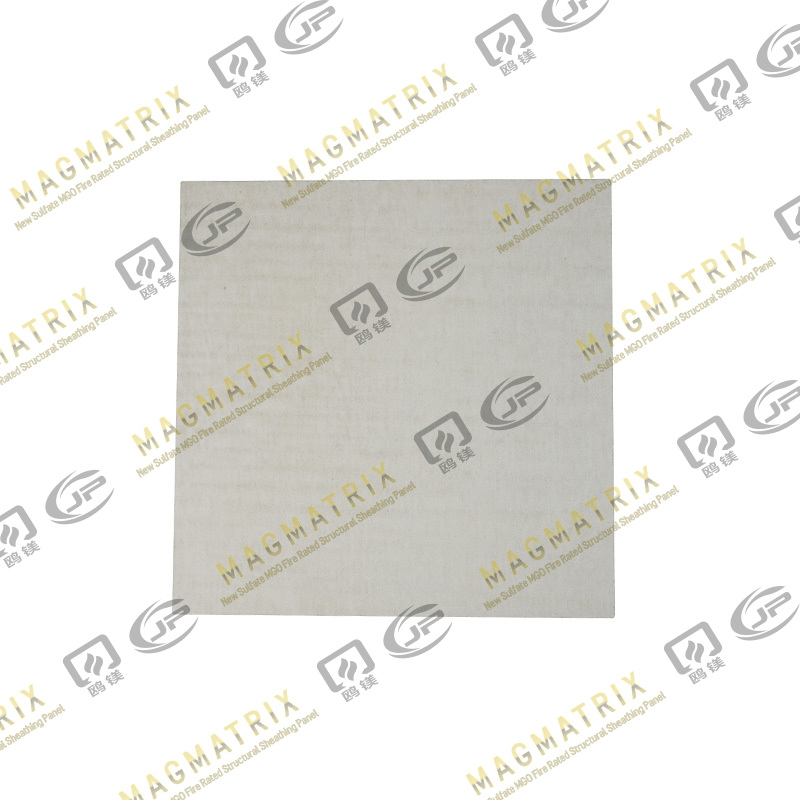 MagMatrix MgO Underlayment Panel/board
MagMatrix MgO Underlayment Panel/board


 English
English русский
русский Español
Español
